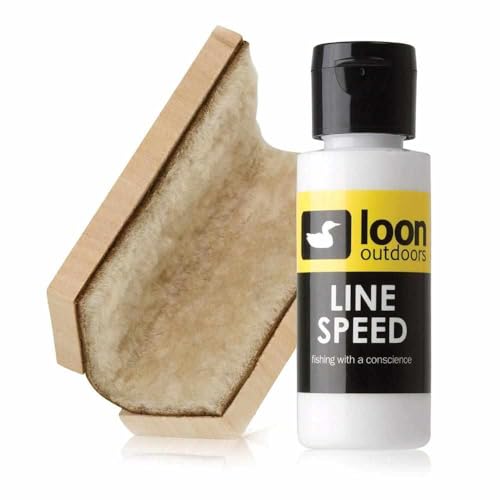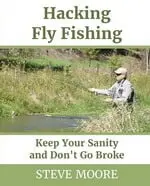Fly fishing is as much about precision and finesse as it is about patience and persistence. Every cast, mend, and drift depends on the condition of your fly line. Yet, many anglers overlook one of the simplest maintenance tasks: cleaning the line. A dirty fly line drags through the guides, sinks when it should float, and shortens your casting distance. Regular cleaning not only restores performance but also extends the life of your gear. Below are the best practices for keeping your fly line in top shape.
Why Cleaning Matters
Over time, fly lines accumulate dirt, algae, sunscreen, insect repellent, and even microscopic grit from the water. This buildup increases friction, reduces buoyancy, and can damage the line’s coating. A clean line:
- Casts farther and smoother by gliding through the guides with less resistance.
- Floats properly, ensuring better presentations for dry flies.
- Lasts longer, saving you from premature replacement costs.
Think of it as routine maintenance—like sharpening a knife or oiling a reel. A little effort pays off in performance and longevity.
How Often Should You Clean?
The frequency depends on where and how you fish. As a rule of thumb:
- Every 3–5 outings in freshwater.
- After every saltwater trip, since salt is corrosive and can quickly degrade coatings.
- Immediately if the line feels sticky, looks grimy, or begins to sink at the tip.
If you fish heavily in weedy lakes, muddy rivers, or sandy estuaries, err on the side of more frequent cleaning.
Supplies You’ll Need
Fortunately, cleaning a fly line doesn’t require specialized equipment. Gather:
- A bucket or basin of lukewarm water.
- A few drops of mild liquid soap (avoid harsh detergents or dish soap, which can strip coatings).
- Two soft cloths or cotton rags.
- An optional commercial fly line cleaner/conditioner for extra slickness and UV protection.
Step-by-Step Cleaning Process
- Strip the Line
Pull the fly line off your reel into loose coils and place it in a bucket of lukewarm, soapy water. Stop before reaching the backing. - Soak
Let the line sit for 5–10 minutes. This loosens dirt, algae, and oils. - Wipe Clean
Pinch the line between a damp cloth and gently pull it through, section by section. Avoid abrasive pads or sponges that could scratch the coating. - Rinse
Transfer the line to a second bucket of clean water and run it through another cloth to remove soap residue. - Dry
Use a dry towel to wipe the line as you coil it neatly. Allow it to air dry fully before respooling. - Condition (Optional)
Apply a small amount of fly line dressing or conditioner to restore slickness and buoyancy. This is especially useful for floating lines. - Respool
Wind the clean, dry line back onto your reel under light tension to avoid tangles.
Pro Tips for Longevity
- Avoid hot water: Excessive heat can warp or weaken the line’s coating.
- Don’t use solvents: Household cleaners, alcohol, or abrasive chemicals will damage the line.
- Stretch it out: After cleaning, gently stretch the line to remove coil memory.
- Store properly: Keep reels in a cool, dry place away from direct sunlight. UV rays accelerate line breakdown.
- Inspect as you clean: Look for cracks, nicks, or stiffness. If cleaning doesn’t restore performance, it may be time to replace the line.
When to Replace Instead of Clean
Even the best care can’t save a line forever. If the coating is cracked, the tip sinks despite cleaning, or the line feels limp and lifeless, it’s time to retire it. Think of cleaning as extending the lifespan, not making the line immortal.
Final Thoughts
A fly line is the literal connection between angler and fish. Neglect it, and your casting suffers. Care for it, and you’ll notice smoother loops, longer drifts, and better presentations. Cleaning takes less than 20 minutes and costs almost nothing, yet it can add seasons of life to your line.
So, the next time you return from the water, don’t just hang up your waders and call it a day. Take a few minutes to clean your fly line. Your future self—standing knee-deep in a river, watching a dry fly land perfectly on the seam—will thank you.
Edited by Steve




